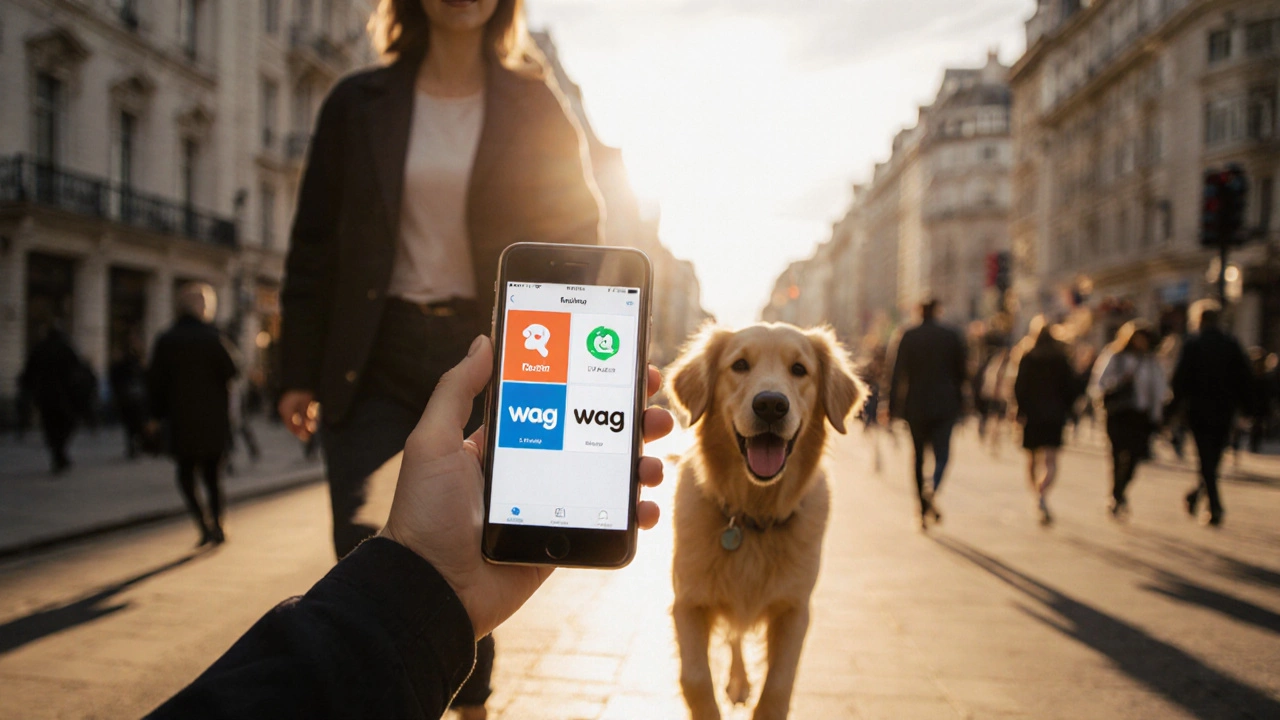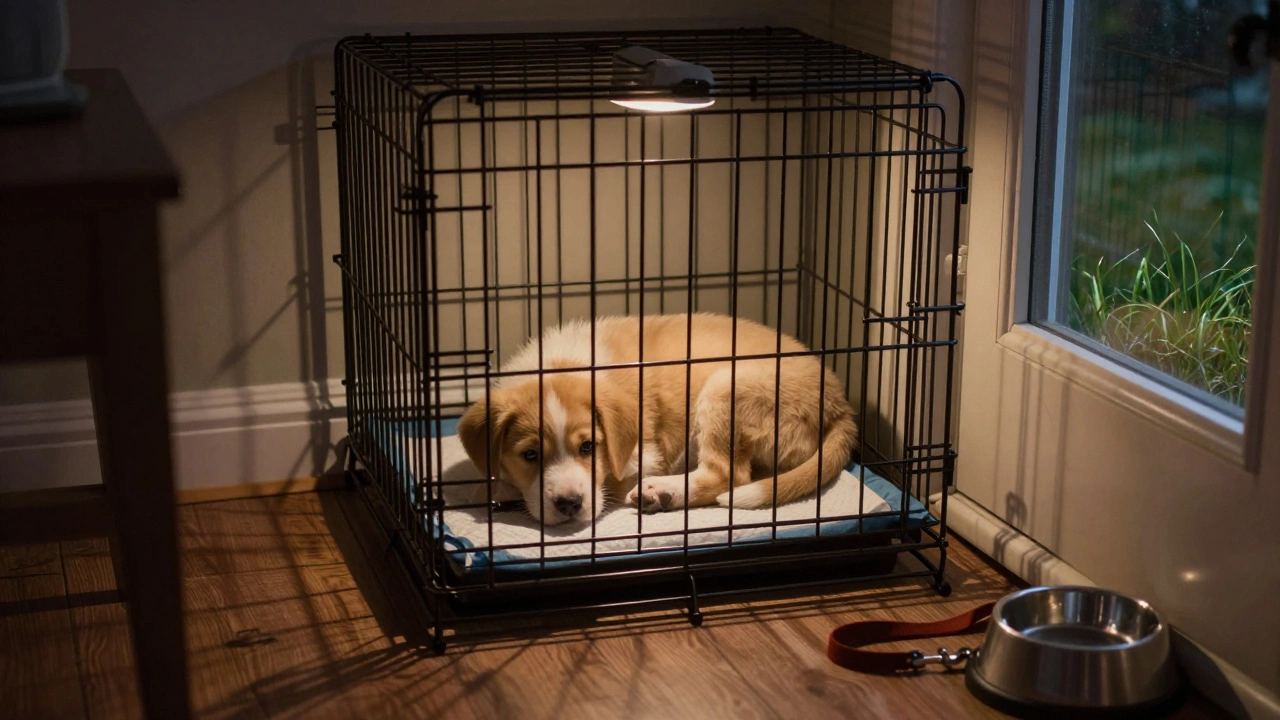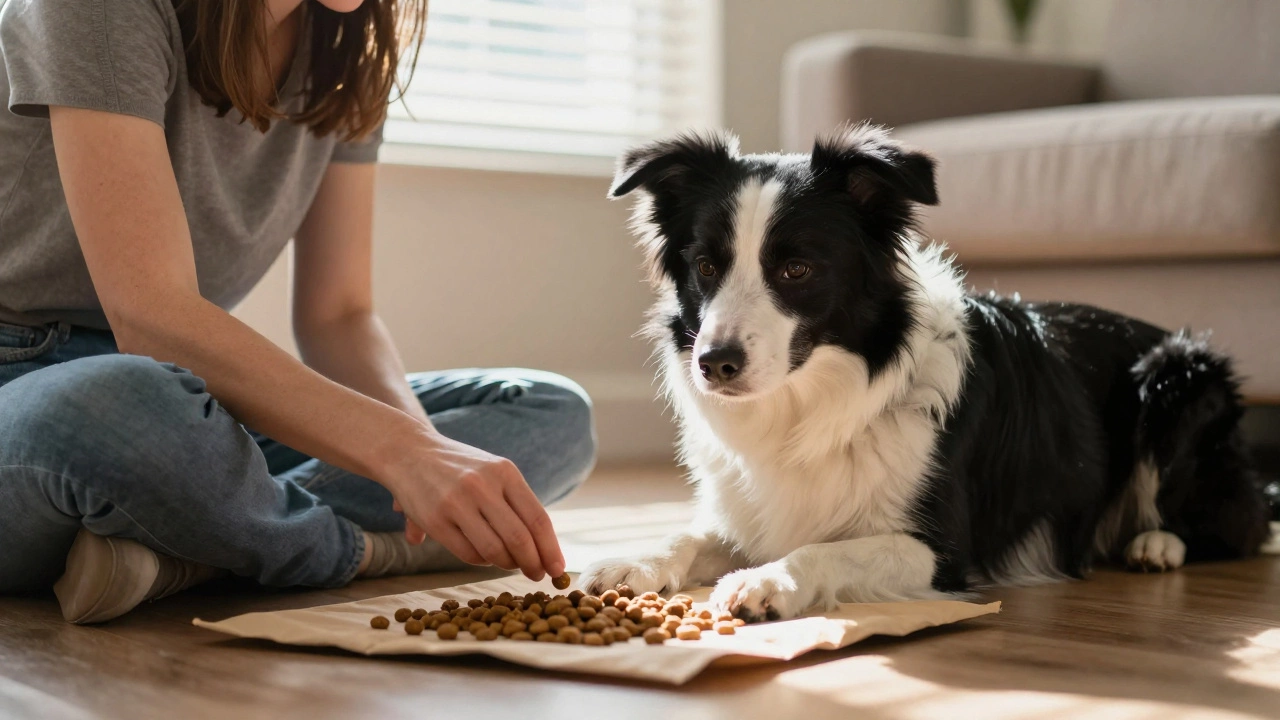Rover Pay: Understanding Dog Service Costs and How to Get Paid
When working with Rover Pay, the payment system that links pet owners with sitters and walkers on the Rover platform, also known as Rover payment, you need to grasp how pet sitting rates, the nightly or daily amount sitters charge and dog walking fees, the per‑walk cost set by walkers are calculated. Rover Pay pulls these numbers together, adds a service fee, and moves money to the caregiver’s bank account. In short, Rover Pay encompasses pet service pricing, requires a clear rate‑setting strategy, and enables owners to compare costs across the platform.
Key Factors That Shape Rover Pay
First, the base rate you list—whether for a night of pet sitting or a 30‑minute walk—directly impacts the final payout. Sitters who factor in travel time, the pet’s special needs, and local market rates tend to earn more while keeping owners happy. Second, Rover’s platform fee (usually a percentage of the booking) and any optional service add‑ons, like drop‑off pick‑up or extra playtime, influence the net amount you receive. Third, taxes and local regulations matter; many caregivers treat Rover Pay as self‑employment income and set aside a portion for tax payments. Finally, seasonal demand spikes—like holidays or summer vacations—can justify higher rates, which Rover Pay reflects in real‑time when owners book.
Understanding these elements lets you craft a pricing model that balances competitiveness with profitability. For example, a sitter in South Tyneside who offers overnight care for a large dog might charge £45‑£55 per night, while a walker charging £15 per 30‑minute stroll can add a £5 “extra‑exercise” fee for high‑energy breeds. Rover Pay will automatically calculate the total, deduct its service fee, and send the remainder to the caregiver after the booking is completed. This transparent flow helps both parties see exactly where every penny goes.
Another angle to consider is how Rover Pay interacts with other pet‑care costs you might read about in our blog collection. Articles on dog flight costs, grooming expenses, and supplement pricing all feed into a pet owner’s overall budget. When owners see a clear breakdown of sit‑ting and walking fees, they can better plan for travel‑related costs, such as airline pet fees or carrier purchases, without feeling blindsided. By linking Rover Pay to these broader cost topics, you give owners a realistic picture of total pet‑care spending.
When setting rates, think about value‑added services that can boost earnings without inflating the base price. Adding a short “play‑break” during a walk, offering a quick grooming touch‑up, or providing a post‑walk photo can justify a modest fee increase. Rover Pay tracks each add‑on separately, so you can see which extras resonate most with clients. Over time, the data helps you refine your offering: maybe dog owners in coastal towns prefer beach‑side walks, while city dwellers value quick drop‑offs after work.
Finally, keep an eye on payment timing. Rover Pay releases funds after the service is marked complete, usually within 24 hours, but processing times can vary based on banks. Setting up direct deposit or a fast‑transfer method reduces wait time and improves cash flow. Many caregivers also use the earnings dashboard to forecast monthly income, accounting for seasonal dips and peaks. This forward‑looking approach turns Rover Pay from a simple transaction tool into a reliable revenue management system.
Below you’ll find a curated list of articles that dive deeper into specific costs—like dog flight fees, grooming expenses, and supplement dosing—so you can see how Rover Pay fits into the larger pet‑care economy. Whether you’re just starting out or looking to fine‑tune an established service, the insights here will help you set smart rates, understand fees, and maximize the money you earn through Rover.
Rover vs Wag: Which Platform Is Better for Dog Walkers and Pet Sitters?
Compare Rover and Wag side‑by‑side to see which pet‑care gig offers better pay, flexibility, safety and support for dog walkers and pet sitters.






